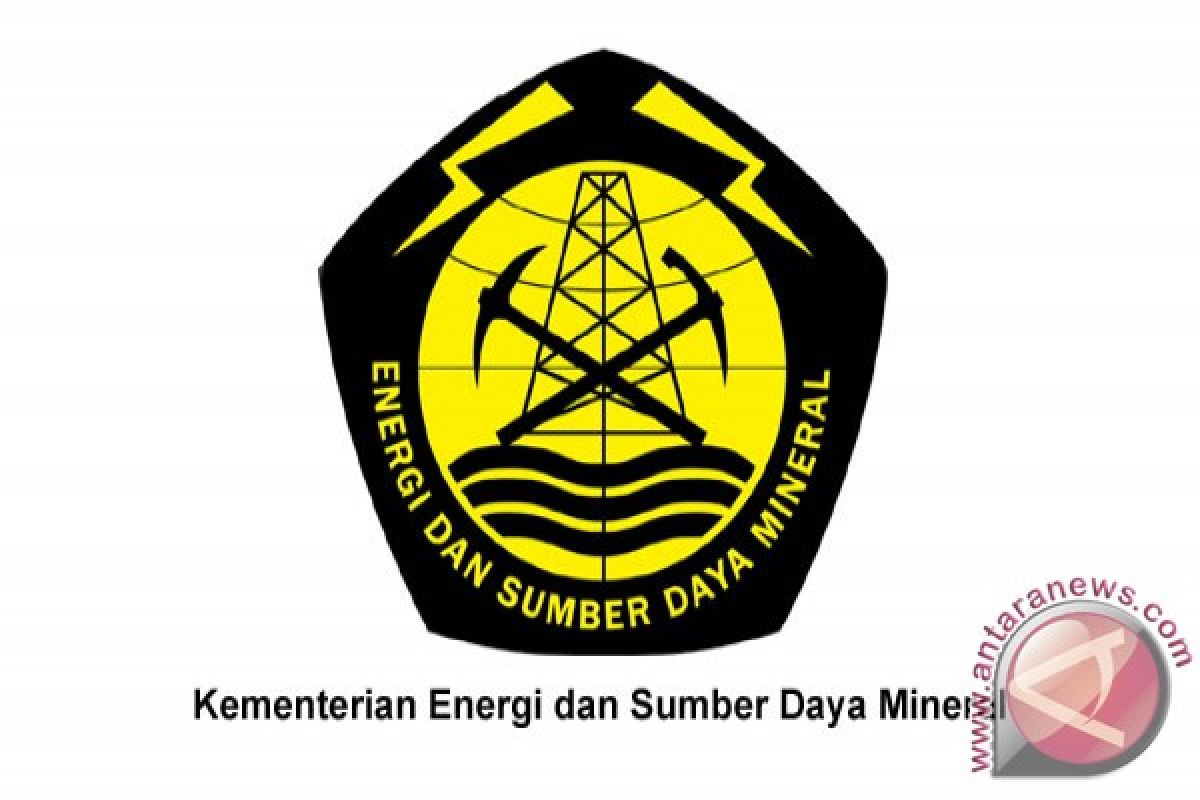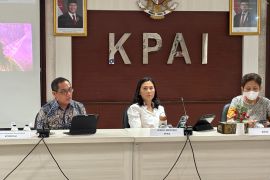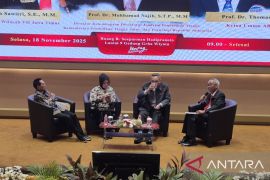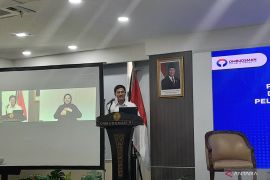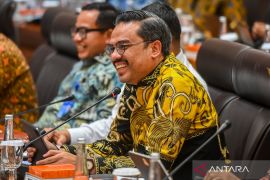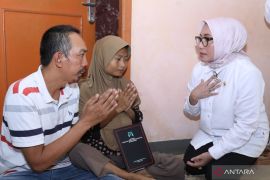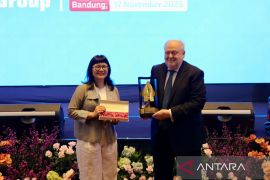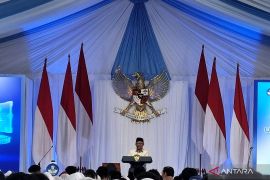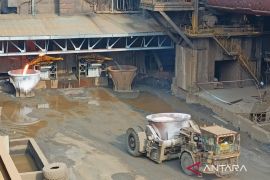Deputy Minister of ESDM, Arcandra Tahar, said in Jakarta on Monday that the Indonesian Natural Gas Balance Book (NGI) 2018-2027 was one of the long-awaited books by investors, corporations, and ministries or state agencies.
The NGI is important as there is an urgent need for information and data related to natural gas in Indonesia.
"I do not want to see any mistake in this book, because it should serve as a reference. That is the reason why there were many revisions made before this guidebook was published," Tahar revealed.
According to the deputy minister, the guidebook is also one of the efforts made by the ESDM to carry out its commitment to increase the utilization of domestic energy sources, one of which is natural gas, which has reserves of about 100 trillion standard cubic feet (TCF) as a clean and environment-friendly energy.
In 2017, he added that the use of natural gas for domestic was 59 percent, or greater than exports of 41 percent.
Domestic gas use included 23.18 percent by the industrial sector, 14.09 percent by the electricity sector, 10.64 percent by the Fertilizer sector, and 2.73 percent by Oil and Gas Lifting.
The domestic LNG spent is 5.64 percent and domestic LPG spent is 2.17 percent. About 0.15 percent is used for Government Programs in the form of Household Jargas and SPBG. Pipeline gas exports amounted to 12.04 percent and LNG exports reached 29.37 percent.
The significant change between the NGI in 2018-2027 period and previous NGI is indicated in the projection of gas demand methodology.
In the previous NGI, the projection method of gas demand was combined between gas requirements that had been contracted and potential gas needs.
"In NGI in 2018-2027 period, the projection of gas demand is divided into three main scenarios. The 1.1 percent figure is the projection of industrial growth and the 5.5 percent figure is the projection of Indonesia`s economic growth, which is used as a reference in projecting future gas demand," he noted.
By taking all of Indonesia`s natural gas supply potential and three future natural gas demand scenarios into account, the supply and demand scenario for natural gas in NGI 2018-2027 is as follows:
In the first scenario, NGI is projected to experience a gas surplus in 2018-2027 period. This is because the gas demand projection calculation refers to the realization of natural gas utilization and the stoppage of pipeline or LNG gas export contracts in the long term.
"In the second scenario, NGI is projected to experience a surplus in 2018-2024, while in 2025-2027, there is a potential where gas demand will be greater than supply. This has not included the potential gas supply from the discovery of new reserves and future gas contracts, such as Masela block and East Natuna block," he remarked.
In the third scenario, NGI is projected to have a gas surplus from 2019-2024, whereas in 2018, it will still be sufficient, according to the realization and plan for the current year.
Reporting by Afut Syafril Nursyirwan
Editing by Andi Abdussalam, Bustanudin
Reporter: Andi Abdussalam
Editor: Suharto
Copyright © ANTARA 2018
